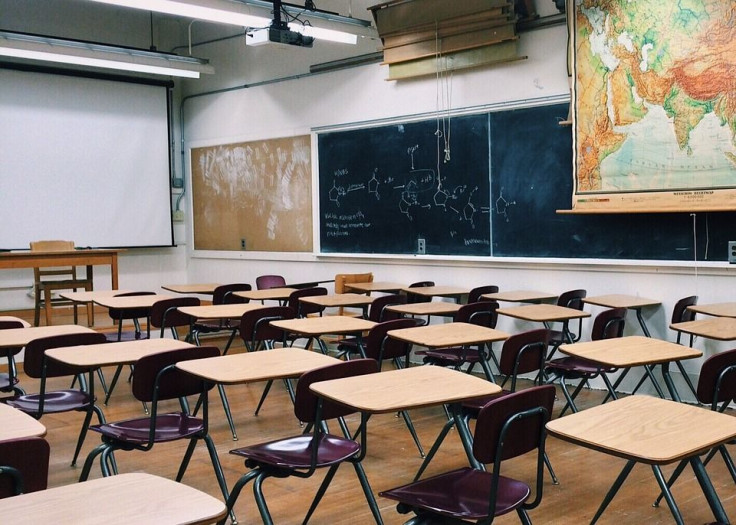
Even though the United States is more diverse than ever, Latino students are the most segregated they've been since 1968. Concretely, the percentage of Latino students attending intensely segregated schools (comprised of a student population of more than 90% non-white) has increased to a whopping 67% between 1968 and 2021.
According to an Axios report, intensely segregated schools have "fewer resources, more teacher shortages, higher student-to-school counselor ratios, and fewer AP class options." That's why it's unsurprising that the average Latino student attends a school where 60.7% of all students are poor.
Segregation is even more noticeable in certain parts of the country. In the West, for example, intensely segregated schools spiked from 12% in 1968 to 46% in 2021, with California being a prime example: it has the highest percentage of Latino students (59%) in intensely segregated schools, followed by Texas and New York (both at 53%).
The data was collected from two different reports: The Unfinished Battle for Integration in a Multiracial America by UCLA and a new study on segregation by Stanford and the University of Southern California.
The UCLA report also revealed a number of insights about segregation across the country:
- The share of Latino students in majority white schools in the South fell from 30.4% in 1968 to 15.4% in 2021.
- Among U.S. communities, central city schools are the most segregated with Black and Latino students attending schools that are, respectively, 84% and 83% nonwhite.
- The suburbs of large size metros have a great deal of diversity but high levels of segregation.
- Charter schools are more seriously segregated than traditional public schools. About 2/5 of charter schools were intensely segregated.
The report goes on to conclude that although "most Americans of all racial groups think integrated schools are better" they are divided about "what, if anything, to actually do." It also provides a dire view of the political landscape, suggesting that change must come from other places:
"Given the consolidation of highly conservative control of the Supreme Court under President Trump, it's very likely that leadership in this generation will have to come from other levels of government or from public interest or private institutions. Civil rights organizations can play an important role and so could universities."
© 2024 Latin Times. All rights reserved. Do not reproduce without permission.







